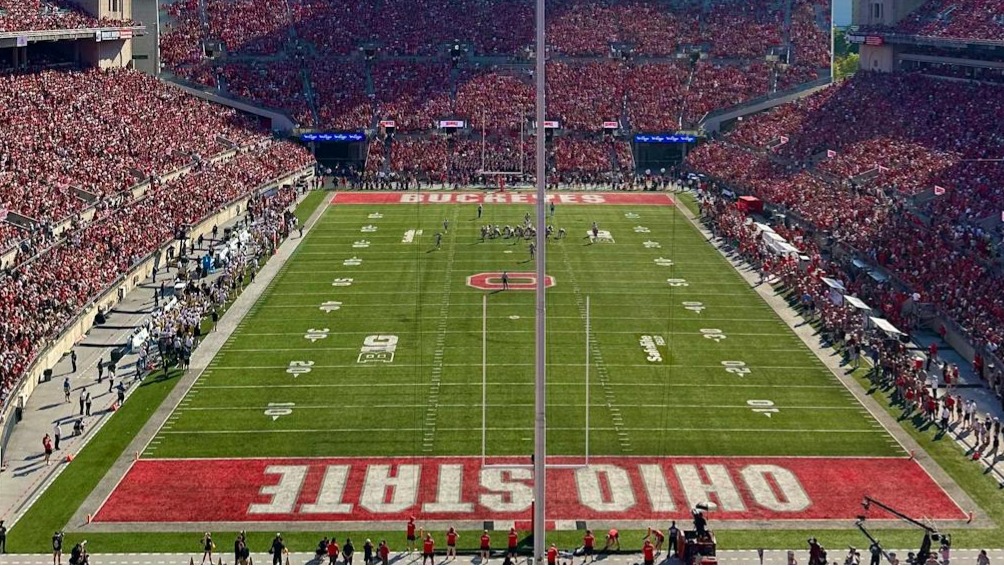
Thanks to NIL, student-athletes can profit from their personal brands, a move many hailed as overdue. But while NIL offers tremendous opportunities, the reality is that the playing field remains anything but level. NIL, as it currently operates, overwhelmingly benefits top-tier athletes in high-profile sports at powerhouse programs. These athletes often have built-in advantages: massive television exposure, extensive social media followings, and access to lucrative NIL deals through boosters and collectives. While they undoubtedly deserve these opportunities, it’s important to acknowledge that NIL isn’t as equal or fair as many believe.
For athletes at mid-major or smaller universities, the NIL experience is entirely different. These athletes often lack the resources, exposure, and support systems available to their peers at larger programs. However, that doesn’t mean NIL can’t work for them. It just requires a more intentional, proactive approach.
The Inequity of NIL
When you think of NIL success stories, names like Caleb Williams or Paige Bueckers may come to mind—athletes who dominate their sports and are household names. These athletes naturally attract lucrative endorsement deals because they are already in the public eye. But for the majority of athletes, especially those outside of the Power Five conferences, NIL is less about million-dollar endorsements and more about smaller opportunities, like partnering with local businesses or monetizing their personal skills.
This disparity reinforces a critical question: Is NIL truly fair? No, because the system inherently rewards athletes who already have a platform, leaving many others scrambling for a piece of the pie. However, that doesn’t mean athletes at smaller programs should be discouraged. They, too, can harness the power of NIL—but they’ll need to take extra steps to succeed.
How Mid-Major Athletes Can Build Their Brands
For athletes at mid-major schools, building a brand requires creativity and determination. Here are three strategies to maximize NIL potential:
1. Leverage Local Connections. Athletes at smaller schools often have deep ties to their local communities. Partnering with local businesses, hosting camps for youth athletes, or offering one-on-one coaching sessions can be great ways to build relationships and earn income. These opportunities may not make national headlines, but they can create meaningful connections and provide financial benefits.
2. Embrace Social Media. Social media remains one of the most powerful tools for brand building. Athletes can focus on creating authentic content that resonates with their audiences—whether that’s sharing day-in-the-life posts, workout tips, or motivational messages. Even with a smaller following, consistency and engagement can attract partnerships with niche brands.
3. Tell Your Story. Every athlete has a unique story, and sharing it can set you apart. Whether it’s overcoming adversity, balancing academics and sports, or giving back to your community, personal narratives resonate with fans and businesses. Consider creating a blog, starting a podcast, or reaching out to local media to amplify your voice.
NIL’s True Potential
While NIL isn’t perfect, it has the potential to make a big difference for athletes at all levels. For those willing to put in extra effort, NIL can become a powerful tool to fund their education, support their families, and prepare for life after sports.
The system may favor the top athletes now, but that shouldn’t deter others from taking advantage of the opportunities available. By focusing on creativity, hard work, and authenticity, mid-major athletes can carve out their own NIL success stories. NIL may not be equal, but with the right approach, it can still be transformational.